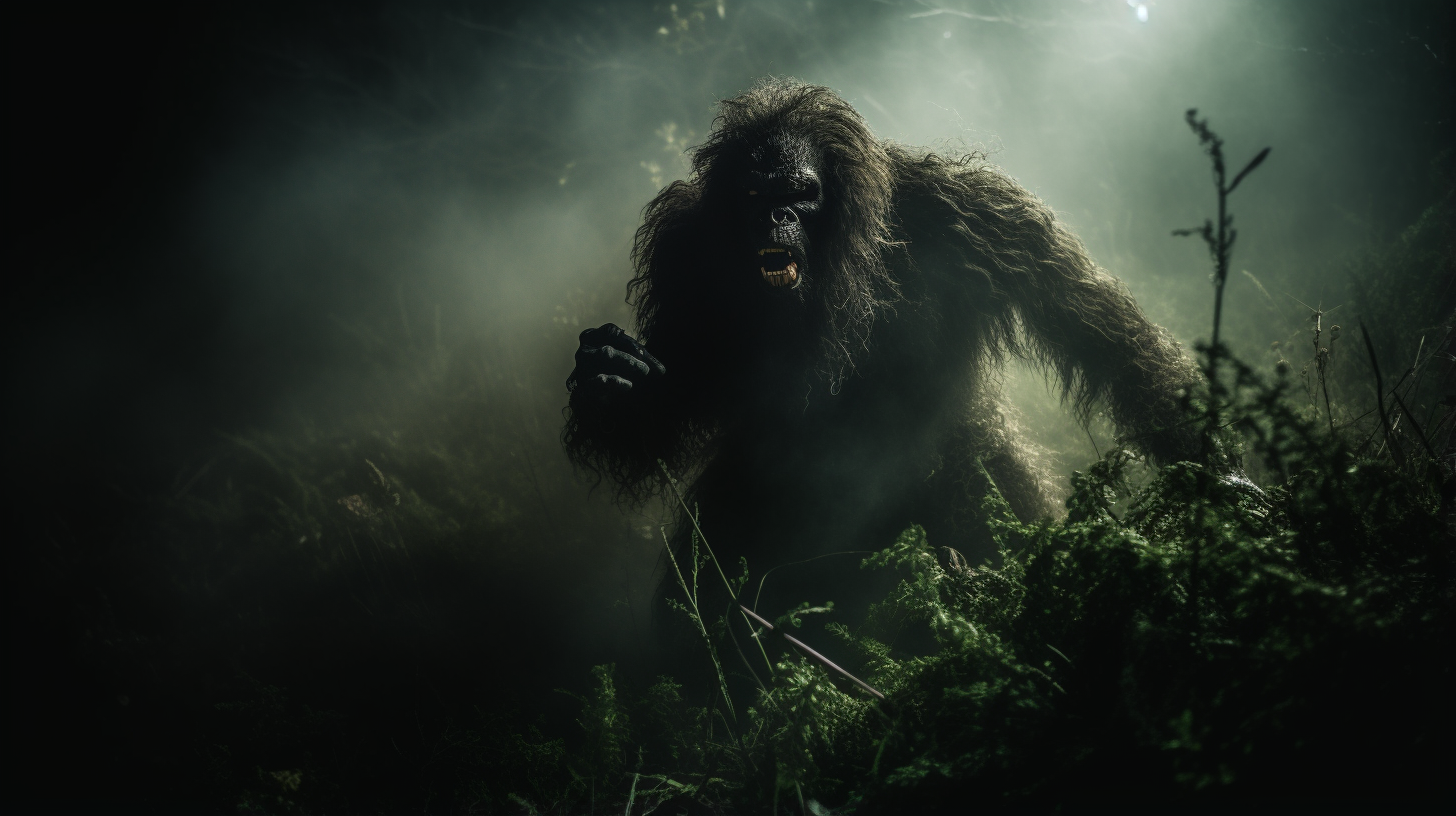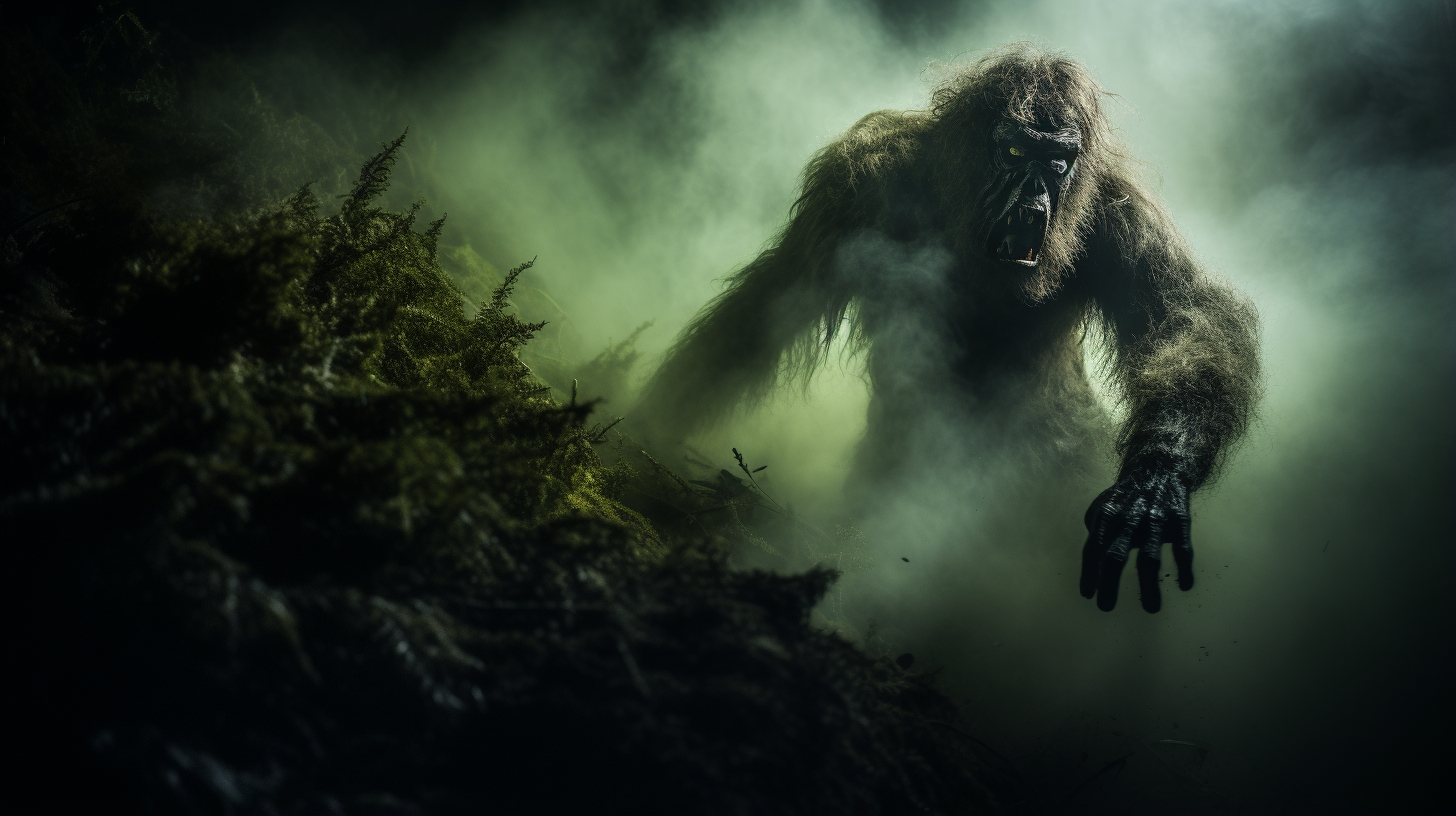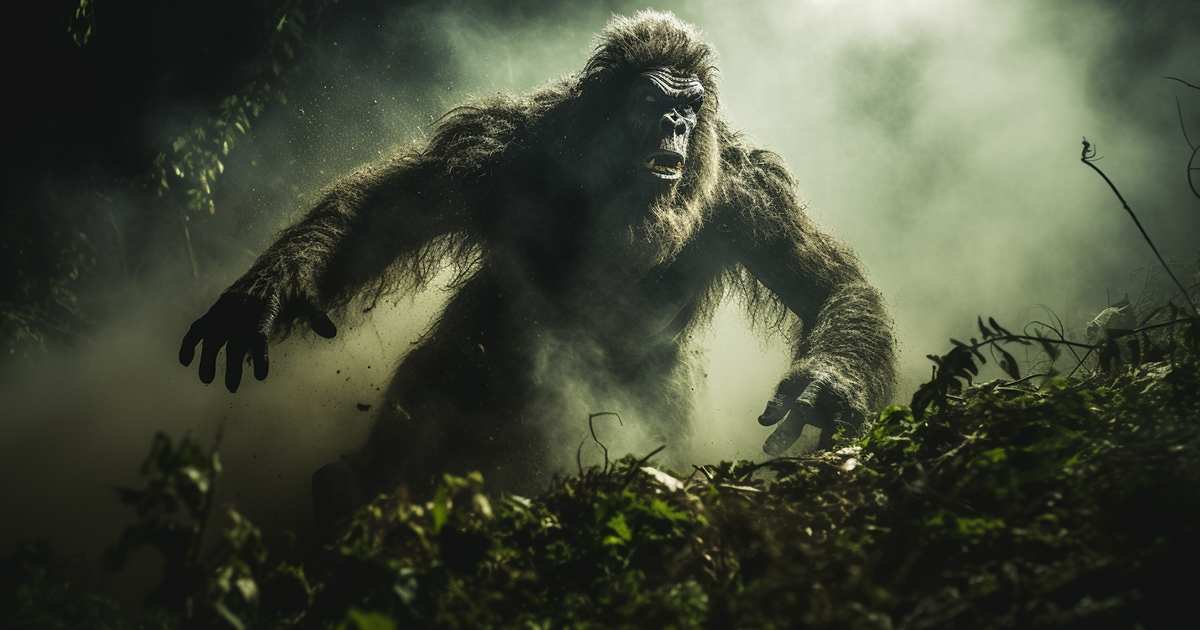Back in 1972, amidst the expansive expanse of Wyoming’s Wind River Mountains, John Mizinski, a naturalist, embarked on a remarkable expedition. Tasked by the U.S. Forest Service and the Wyoming Game and Fish Department, John was part of a research project that required him to live in the wild for the summer. Little did he anticipate that this summer would lead him to a perplexing encounter that would shake his understanding of the natural world.
Under the veil of night, as the moon ascended, John sensed an unsettling presence outside his tent. Initially mistaking it for a large bear brushing against the canvas, what he witnessed next was beyond comprehension. Illuminated by the moon’s glow, John caught a glimpse of a hand with four fingers and an opposable thumb, uncannily resembling a human hand.
This hand, besides its humanoid appearance, was notably oversized, nearly double the size of his own. Adding to the bewilderment, this mysterious entity appeared to be escalating its aggression.
Reacting defensively, John instinctively struck out with the back of his hand, connecting with the entity. To his surprise, the unknown presence recoiled and vanished into the cover of trees, leaving John utterly bewildered. At that moment, the notion of a Sasquatch or similar being never crossed his mind.

Upon reporting this peculiar encounter to the Forest Service, John uncovered that he was not alone. Several other reports of anomalous sightings in the area emerged, prompting his superior to task him with investigating and interviewing witnesses. Over time, John interviewed about 25 individuals, each harboring their own peculiar stories.
One particularly intriguing tale came from a young man inhabiting a cabin nestled against the mountain’s slope. He had observed one of these entities exhibiting aggressive behavior just outside his cabin, even firing a shot at it, presuming he had wounded or killed it.
To his disbelief, the creature swiftly recovered and fled. Intrigued, John visited the cabin and was astonished to find traces of hair nearby.
These hair samples became a crucial clue. John gathered them and sought the expertise of Walter Burkby, a distinguished forensic anthropologist specializing in hair analysis. Burkby’s assessment left everyone in awe.
Labeling it as a “stumper,” Burkby confirmed the hair’s primate origin. This revelation was groundbreaking since no known primate native to Wyoming matched the description, hinting at the existence of something extraordinary.

While one might anticipate the scientific community to embrace such groundbreaking evidence, John soon discovered that assumptions can be deceiving. The research division’s head vehemently rejected the idea of Bigfoot, pointing fingers and issuing threats. Mere mention of the term “Bigfoot” was sufficient to endanger careers.
So, why does the scientific community hastily dismiss such evidence? It could be the fear of challenging established norms or the reluctance to confront the complexities of a new paradigm.
Nevertheless, certain evidence remains challenging, if not impossible, to overlook. The encounter in the Wyoming wilderness stands as a testament to the enigmas that continue to elude our grasp.
Video:
In conclusion, John Mizinski’s perplexing encounter serves as a poignant reminder that the natural world harbors mysteries awaiting our unraveling. As we venture further into the unexplored realms of our planet, who knows what other enigmas we may chance upon, poised to challenge our existing perceptions.
